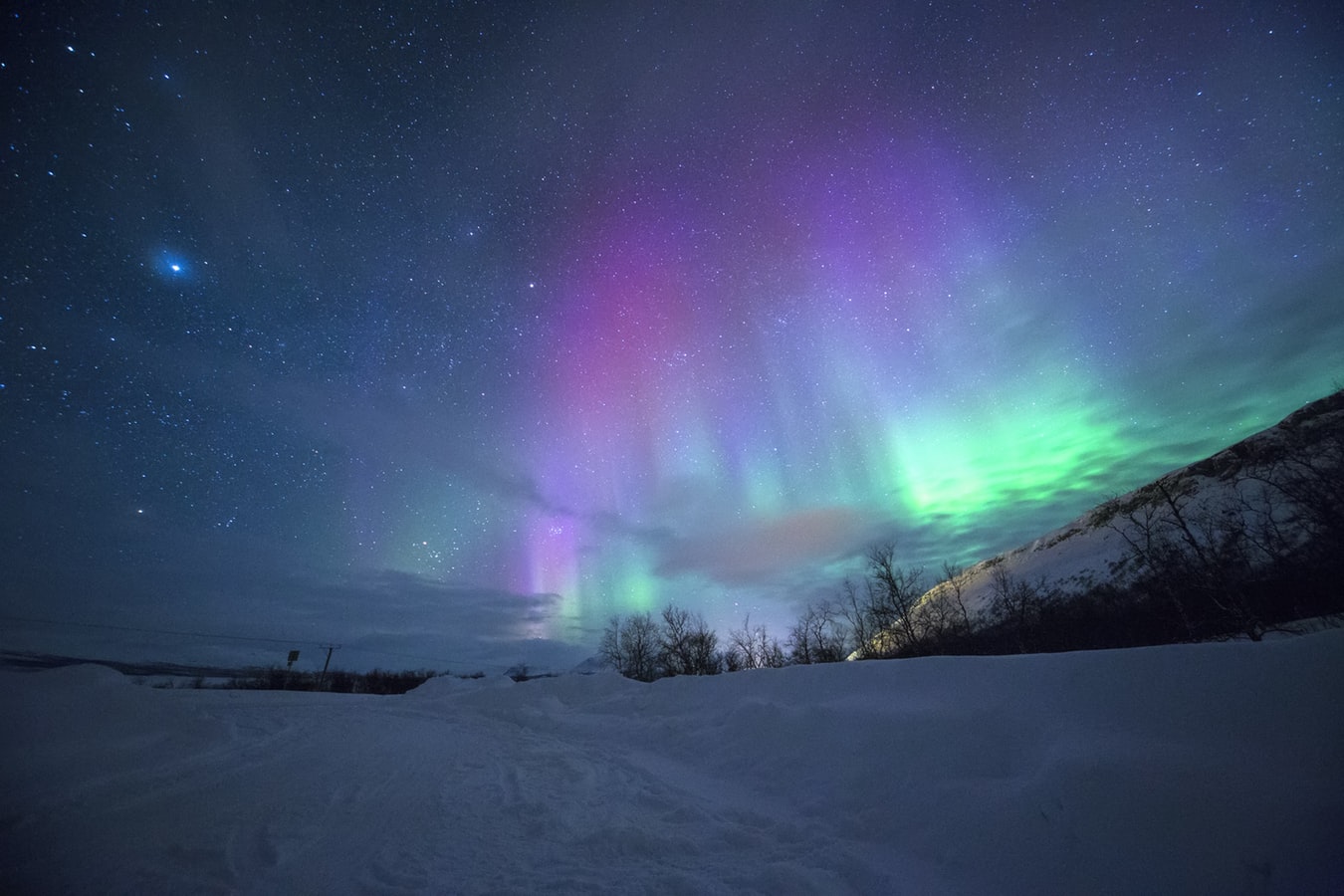Descripción/Description:
Black holes are perhaps the most fundamental and striking prediction of Einstein’s General Theory of Relativity (GR), and are at the heart of fundamental questions attempting to unify GR and quantum mechanics. On April 10th 2019 the Event Horizon Telescope (EHT) Collaboration revealed the first image of a black hole. The image (above) shows an asymmetric bright emission ring, which encompasses a central depression in brightness, known as the “shadow” of the black hole, produced by the photon capture within the event horizon of the black hole. Overall, the size, circularity, asymmetry, and brightness contrast of the observed image are consistent with the shadow of a Kerr black hole as predicted by GR and provide one the strongest evidence to date of the existence of supermassive black holes (SMBH) in the nuclei of galaxies. With this image the EHT has opened a completely new window to study gravity, bringing into focus not only the persistent strong-field gravity features predicted by general relativity, but also the fine details of black hole accretion and relativistic jet launching.
The PhD student will focus her/his research on the study of accretion onto SMBHs and relativistic jet formation. The PhD student will have access to the only existing facility that can actually spatially resolve the accretion onto the supermassive black holes in M87 and SgrA*. With a mass three orders of magnitude smaller than that of M87 and dynamical timescales of minutes instead of days, SgrA* offers the opportunity to make the first real-time movies of black hole accretion. Similarly, studying the magnetic field in the vicinity of a black hole and how it affects accretion and jet launching is now possible with the EHT. These observations will be complemented with our own EHT, PI-led observations taken in 2017 and 2018, as well as 3 mm GMVA+ALMA and space VLBI RadioAstron observations led by our group to provide a comprehensive view of black hole accretion and jet formation.
Period (months): 36 months
